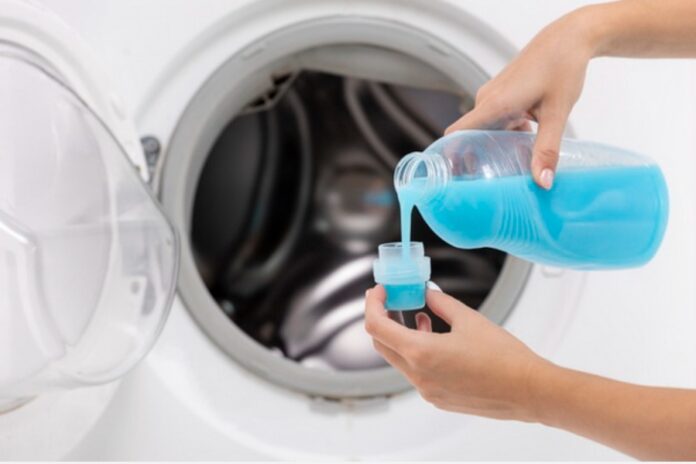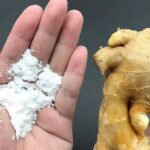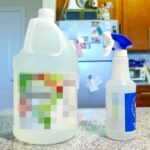Fabric softener helps eliminate odors from clothes, leaving a pleasant fragrance, while also softening the fabric for a comfortable and safe feel against the skin. It even prevents color fading when clothes are hung out to dry in the sun, by inhibiting static electricity between the fibers during the washing process. Additionally, fabric softener stabilizes the fabric structure, reducing the likelihood of clothes stretching after washing.
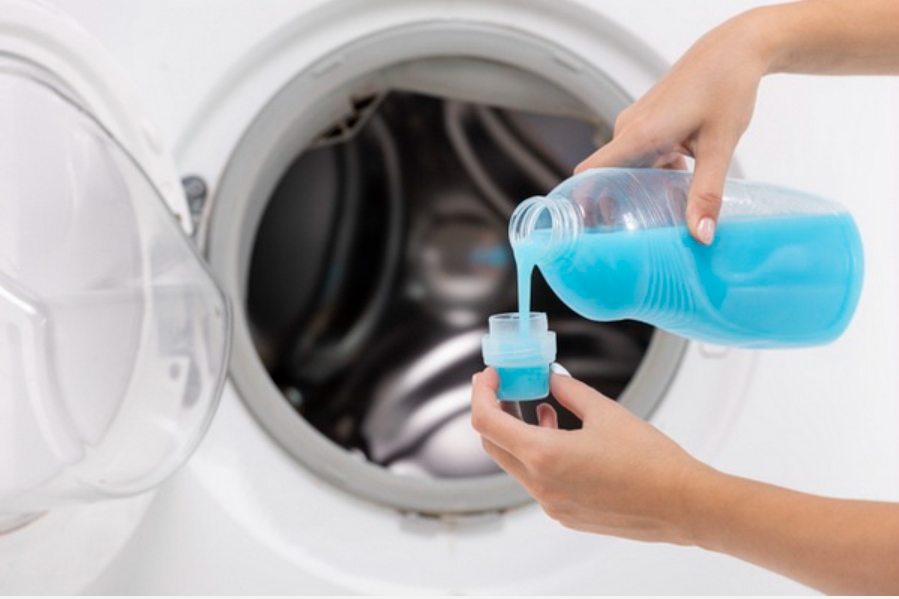
Despite these benefits, prolonged and improper use of fabric softener can lead to certain disadvantages:
– The oil in fabric softener can build up inside the drain pipe of the washing machine if used in large quantities, leading to clogging as dirt and residue from clothes adhere to the oil buildup.
– Excessive use of fabric softener when washing by machine or hand results in the need for more water to rinse the clothes, wasting water.
– Fabric softener can cause adverse reactions in some individuals. For instance, inhaling certain fragrances or high concentrations of fragrances can irritate the respiratory system, causing breathing difficulties, allergies, and more.
To maximize the benefits of fabric softener, keep in mind the following five things you should not use it with:
1. Bath Towels
There’s nothing worse than a stiff, non-absorbent bath towel. While fabric softener can make towels softer and more pleasant to use, it reduces their absorbency. If you want soft, absorbent towels, add a little vinegar or baking soda during the washing process instead.
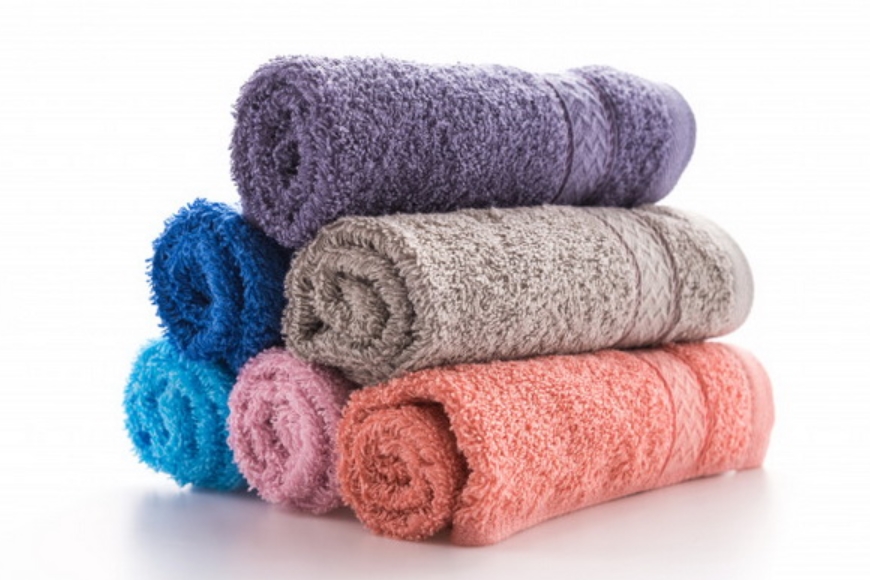
2. Certain Types of Fabric
Due to its chemical properties, fabric softener can damage certain materials. Avoid using it on fabrics like microfiber, bath towels, sportswear, polyester, as well as tight-fitting pants or leggings.
3. Baby Products
Children’s clothing is typically made from soft, breathable, and absorbent materials. Fabric softener can affect the quality of these fabrics and may irritate babies’ sensitive skin. When washing baby clothes, opt for specialized baby-safe detergents and fabric softeners.
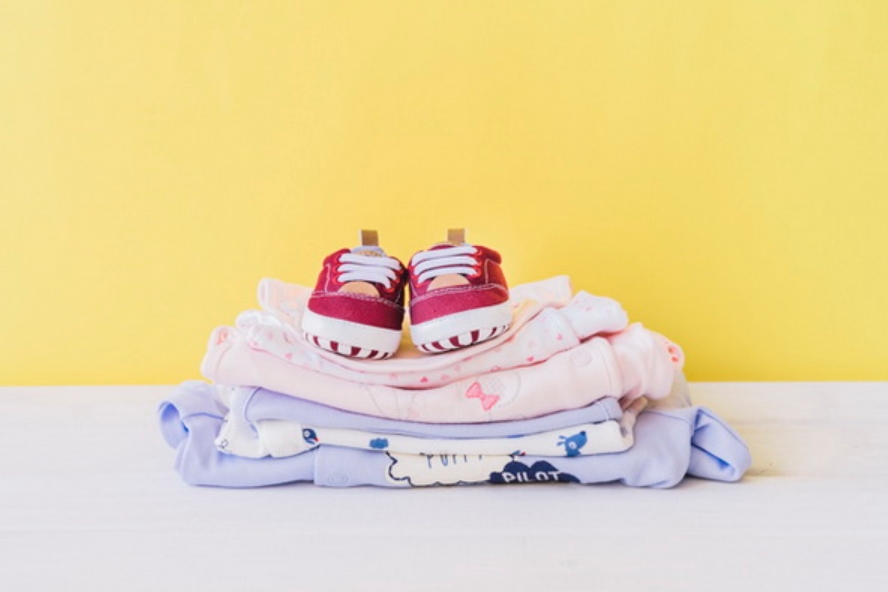
4. Do Not Pour Fabric Softener Directly onto Clothes
Unlike stain removers, pouring fabric softener directly onto clothes can leave stains that are difficult to remove. To prevent this, avoid using excessive amounts of fabric softener and never pour it directly onto the fabric.
Guidelines for Proper Use of Fabric Softener:
Avoid Using Too Much or Too Little Softener
Using too much fabric softener can lead to clogged drain pipes in washing machines and increased water consumption for rinsing clothes. Additionally, certain ingredients in softeners, like elastane and oil derivatives, can reduce the moisture absorption of fabrics. On the other hand, using too little softener may not provide the desired softness and fragrance longevity.
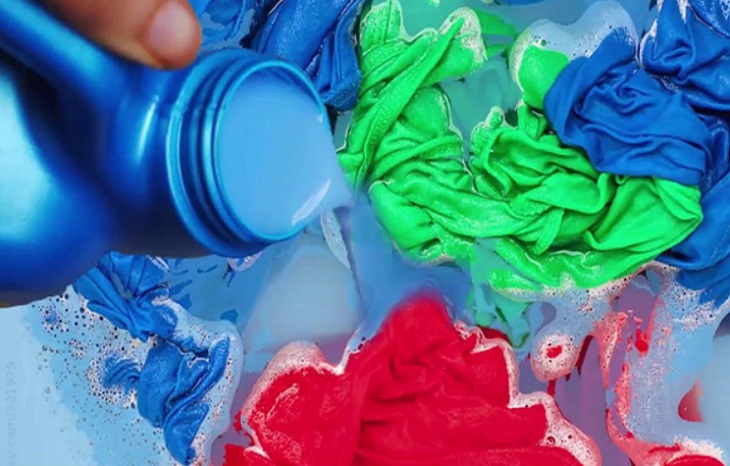
Use the Designated Dispenser for Fabric Softener
When using a washing machine, pour the fabric softener into the designated softener dispenser to avoid direct contact with the clothes. This prevents color bleeding and ensures even distribution within the washer drum.
Sun-Dry Clothes After Soaking in Fabric Softener
After soaking clothes in fabric softener, sun-drying them helps retain the fragrance for a longer period. If left in a dark, damp place, bacteria and mold can develop, causing a musty smell.
Avoid Soaking Clothes for Too Long
Prolonged soaking in fabric softener can lead to an intense and long-lasting fragrance, which may irritate the respiratory system over time. Limit soaking to 10-15 minutes to avoid potential health issues.
Use Fabric Softener Only Once During the Rinsing Cycle
Fabric softener is typically recommended for a single use after the clothes have been washed. Excessive soaking can cause skin allergies due to the chemicals in the softener.
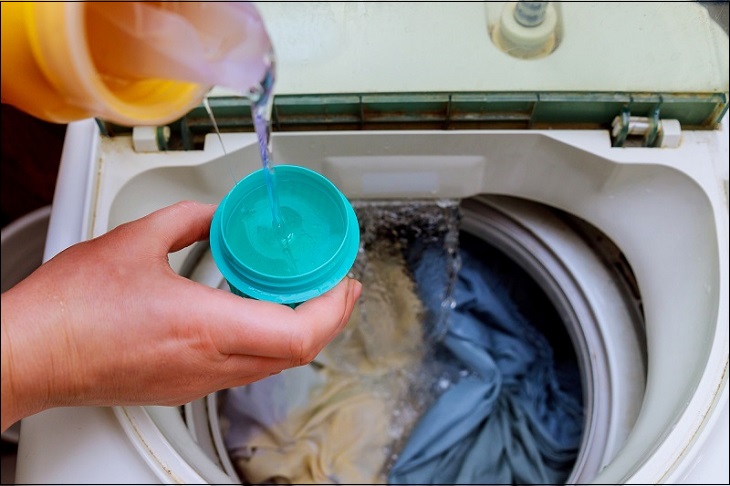
Read the Instructions on the Fabric Softener Package
Reading the product instructions before use is crucial. Different brands and manufacturers may have specific recommendations for their fabric softeners. By following these instructions, you can ensure you’re using the product effectively and economically.
By An Nhiên – Vietnamnet
























